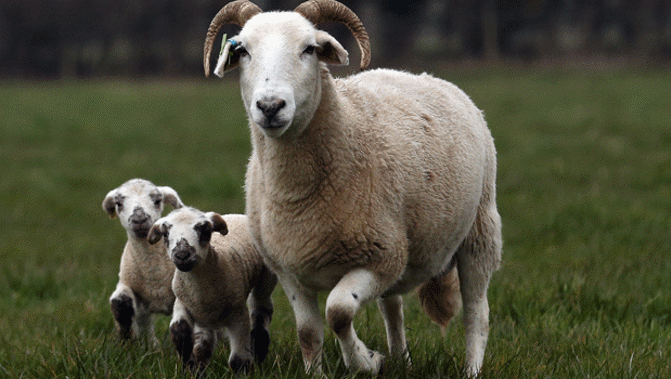
As New Zealand heads into its main wool production season, weak overseas demand for the fibre is likely to see the country's stockpiles rise to the highest level since the Global Financial Crisis eight years ago.
The market for crossbred wool, which accounts for about 80 per cent of the national clip, is under pressure due to high levels of finished inventory in China, a shrinking Chinese manufacturing sector, weak European demand following the Brexit vote, and continued competition from synthetic fibres.
Prices for some out-of-favour wool types are at their lowest level in more than a decade, says Malcolm Ching, an executive at New Zealand Wool Services International, the nation's largest wool exporter.
He estimated farmer returns for crossbred wools would be between 30-to-40 per cent lower than the past two seasons.
New Zealand wool exports for the 11 months through November were worth $614 million, 19 per cent below the same period last year when booming demand for the fibre saw New Zealand exceed its annual quota allowance to China three months early.
Wool exports to China, the largest buyer of New Zealand wool, were down 32 per cent to $293m in the 11 months through November compared with the same period last year.
China has stockpiles of processed wool, which combined with an environmental crackdown on mills had dented current demand for the fibre, Mr Ching said.
Some farmers had refused to sell their wool at lower prices, and with limited space in shearing sheds, brokers and private merchants were scrambling for storage space.
"We have been operating over the last few seasons very much from a hand-to-mouth scenario so most people haven't held onto additional storage," Mr Ching said.
"Now that we get into a scenario where wool is likely to be stored, it could become an issue with where it is going to be stored."
Mr Ching said the wool industry last faced wool storage issues when prices were depressed during the Global Financial Crisis.
Take your Radio, Podcasts and Music with you









